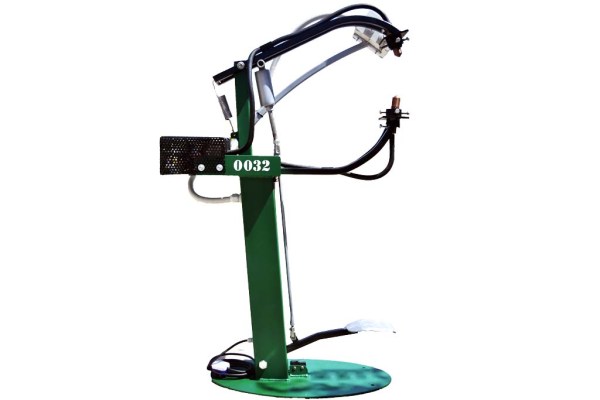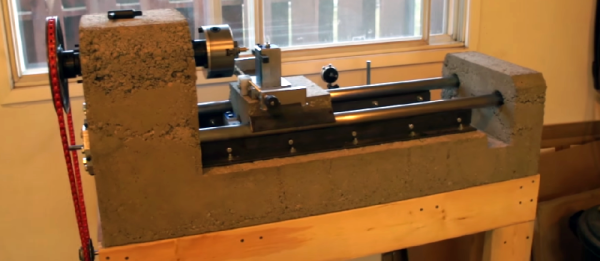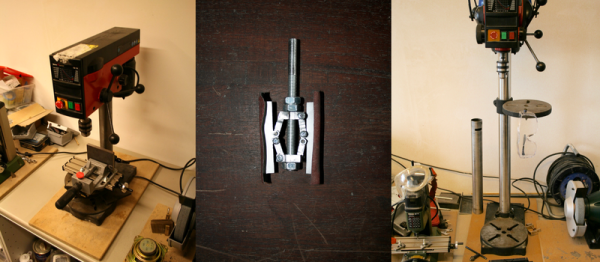We love hacks that involve mains voltage, but most of the time, for safety’s sake, we secretly hope for that one macabre commenter that details every imaginable way the questionable design choices will result in death. This spot welder may still be dangerous, but it looks like they took some precautions to make it non-lethal, and that counts for a lot.
After their extremely questionable high speed belt sander, this one is, refreshingly, extremely well done. It starts of as a dead standard microwave spot welder build: take apart microwave, try not to die from large capacitor, remove coil, modify coil, and hook up.
After that, it gets to some nice heavy metal music fabrication. Aside from a slightly shocking number of fresh OSHA reportable hand injuries (wear gloves!) the build goes together well. A lot of planning obviously went into it, from the actively cooled transformer to what appears to be a resettable timer circuit for the weld duration, not to mention the way that it just fit together so well at the end. There were some neat ideas as far as home mechanics go that we’ll be using in some of our projects.
In the end, the proof is in the spot-weld. The timer is set, pedal gets pressed down, and when tested, the sheet metal breaks instead of the weld. Video after the break.
Continue reading “DIY Spot Welder Doesn’t Look Like It Will Immediately Kill You”


















